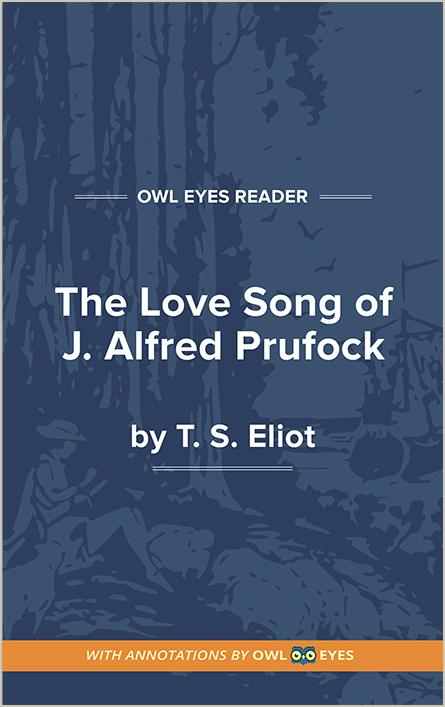Analysis Pages
Historical Context in The Love Song of J. Alfred Prufrock
Eliot wrote “The Love Song of J. Alfred Prufrock” from 1910 to 1913. The early decades of the 19th century were a time of enormous social, cultural, and economic change in the United States. With the rapid onset of industrialization, U.S. citizens were moving into cities at unprecedented rates. The urban working class adopted new lifestyles, values, and beliefs that often abandoned traditional morality outlined by dominant religious institutions. Social movements such as women’s suffrage and worker’s rights came to the fore. This period is referred to as “modernity” and Eliot’s poetry reflects the anxieties of the age: spiritual confusion, personal isolation, lack of shared cultural values, lack of purpose and meaning, an abundance of leisure time.
Historical Context Examples in The Love Song of J. Alfred Prufrock:
The Love Song of J. Alfred Prufrock
🔒"the Fool..." See in text (The Love Song of J. Alfred Prufrock)
"Talking of Michelangelo..." See in text (The Love Song of J. Alfred Prufrock)

